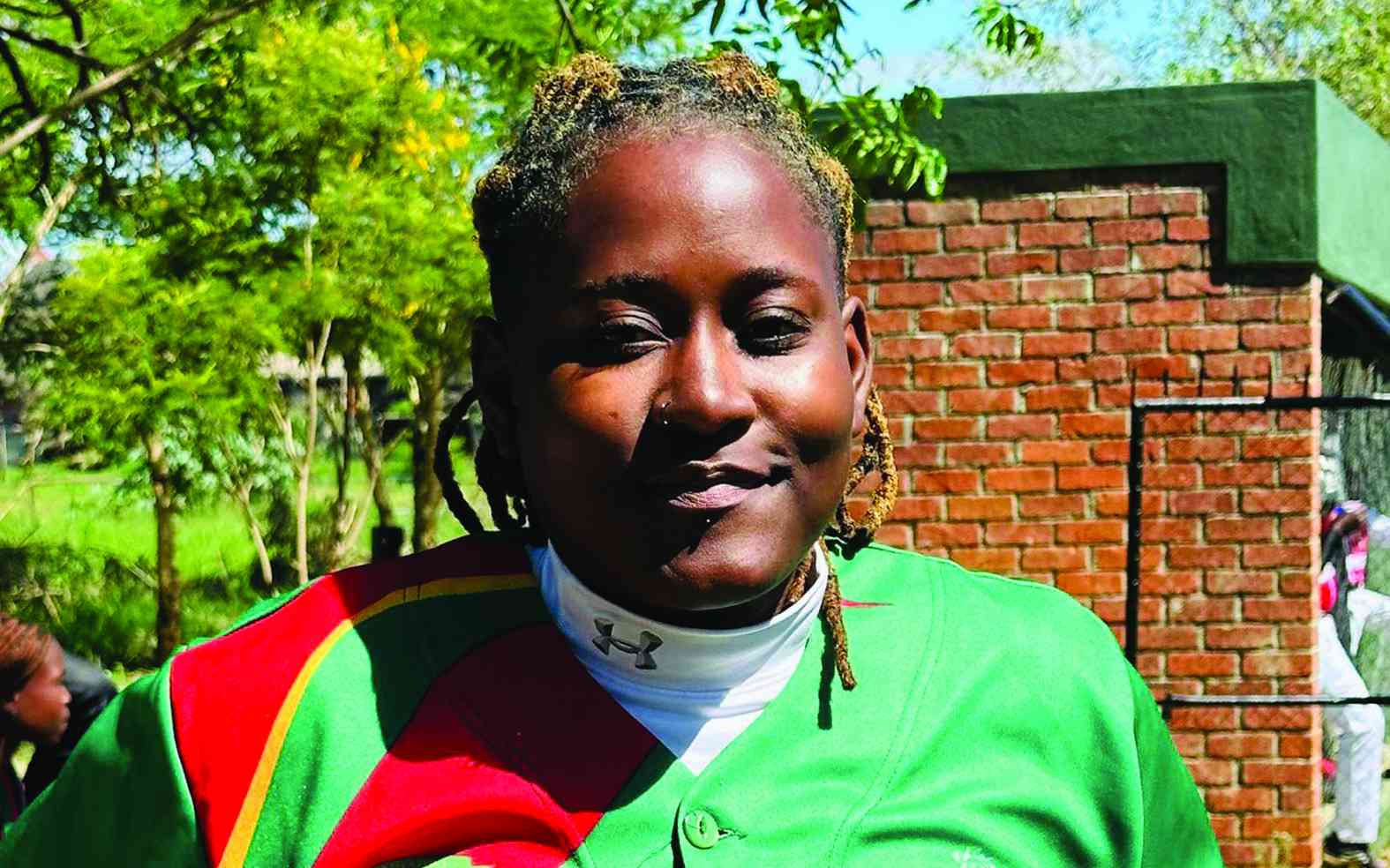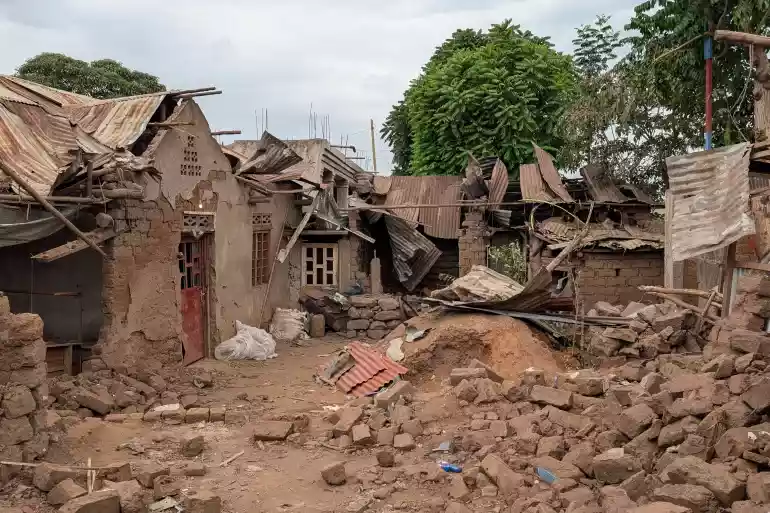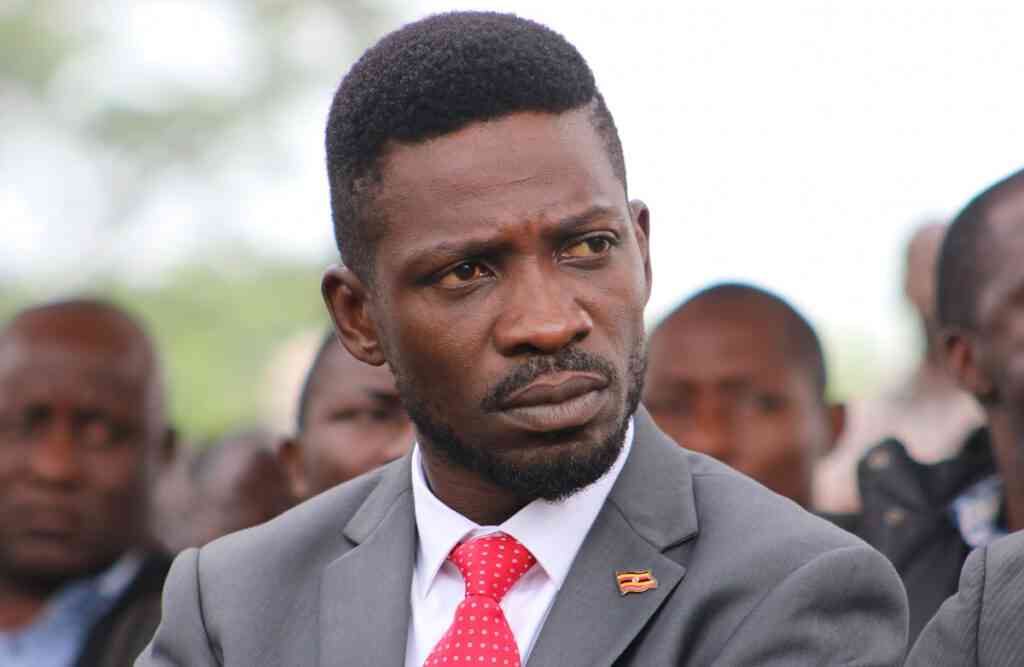
Despite raging Covid-19 infections, China has announced that the "iconic Potala Palace" in Tibet's capital Lhasa will reopen for tourism after being closed for more than four months. Several other major religious tourist attractions in and around Lhasa were also reopened.
It came on the heels of the January 1 launch of a new round of a Winter Tour Campaign aimed at attracting more visitors to the Tibet Autonomous Region (TAR) during the winter season, which raises concerns given that COVID19 threat hasn’t yet subsided.
Visitors to the Potala Palace, the historical winter residence of the Dalai Lamas and their government headquarters, will be admitted free of charge until March 15, according to the official chinadaily.com.cn Jan 2, citing an announcement issued Jan 1 by the palace administration. The palace, described as "a model of ancient architecture and home to over 100,000 cultural relics", will be open daily from 9:30 a.m. to 2:00 p.m., according to the report.
The winter tour will reportedly offer bonuses for certain businesses supporting tourism in TAR. Tickets to visit the Potala Palace in Lhasa and other scenic sites in the region will be free. Visitors will only need to show their IDs for entry during the period.
One issue is that of how tourism to Tibet helps to legitimise China’s rule and attempts to cover up the harsh reality of six decades of political and cultural repression, as observed by Free Tibet; "Tourism risks becoming insensitive voyeurism when local Tibetans are treated as an exotic curiosity and centuries-old customs are reduced to Disneyland-style attractions”. For CCP, Potala Palace is just another "project" that brings in tourism.
This, along with the musealisation of the palace, are attempts to erase past, and the religious and cultural significance of the Tibetan structure. It is also to be added that the same government which claims to encourage tourism in Tibet using Tibetan culture and traditions as commdities curtail the Tibetan language rights through which their culture can be preserved and flourished.
Second is regarding the access to occupied Tibet. There is a clear distinction between how Chinese domestic tourists can travel within China and Tibet, how Tibetans can travel within China and Tibet, and how foreign tourists can travel within China and Tibet. Despite Chinese claims that Tibet is an integral part of China, foreign visitors must obtain additional permission to visit Tibet in addition to their Chinese visa. Also, China denies unrestricted access to occupied Tibet to civil society, journalists and Tibetans in exile.
There are various movement restrictions for Tibetans, particularly within the Tibet Autonomous Region, and Lhasa, the Tibetan capital city, is the most difficult for Tibetans to access.
- The brains behind Matavire’s immortalisation
- Young entrepreneur dreams big
- Chibuku NeShamwari holds onto ethos of culture
- Health talk: Be wary of measles, its a deadly disease
Keep Reading
The third concern is regarding the spread of COVID19. In August 2022, when a COVID19 surge was reported from Tibet, tourists had been storming sites including the Potala Palace. When countries around the world are imposing restrictions on travellers from China, the decision to encourage winter tourism in Tibet needs to be looked at with caution











